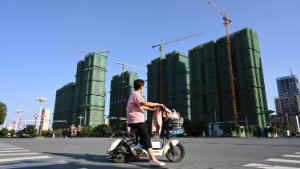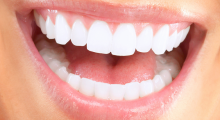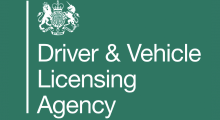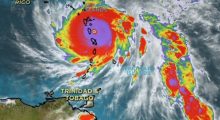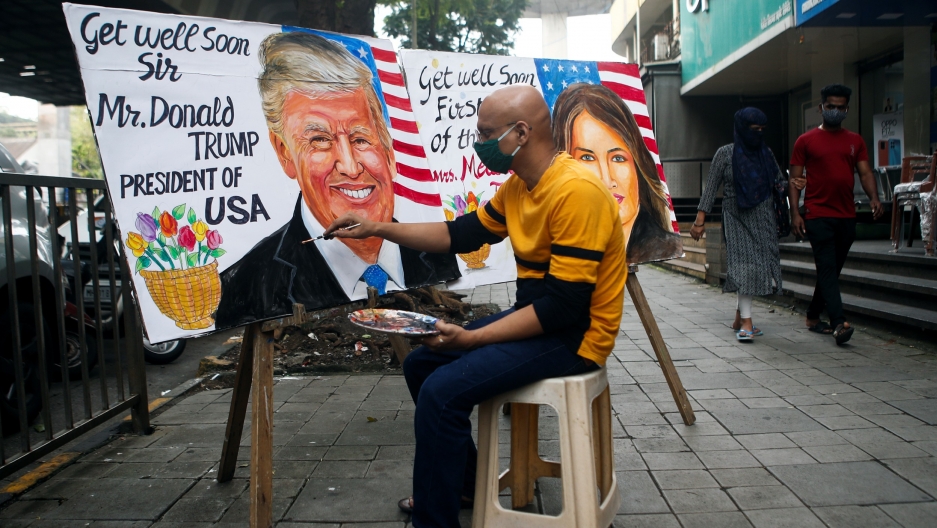For most families in low-income countries washing hands with soap is a luxury
A new study has revealed that for families in low-income countries that hand washing behavior must be improved substantially in low- and middle-income countries where most families do not have a soap in their homes.
While for most of us washing our hand with water and soap is normal sanitary behavior, for families in low-income countries, soap could be considered a luxury.
A new study led by University at Buffalo researchers with USAID, UNICEF and others shows that most families in these countries, do not have a soap in their homes, and the hygienic practice of hand washing should be improved.
Using data from 51 nationally representative surveys, Swapna Kumar, Pavani Ram and colleagues identified the proportion of households in which soap and water was present at a handwashing place in the home.
The results they found are worrisome. According to the findings, the percentages go from 0.1 per cent in Ethiopia to 96.4 per cent in Serbia.
The doctors highlight the importance of hand washing with soap and water as a first battle against infections and illnesses.
“Hand washing prevents leading causes of the 6 million deaths that occur annually in young children around the world. Never before has hand washing been systematically measured in so many countries,” said paper co-author Pavani Ram, PhD. “These data are useful to public health programs and policy makers because they underscore the deep inequities that persist globally and within countries, contributing to these preventable child deaths among people living in poverty and in rural areas in sub-Saharan Africa and South Asia.”
The study also highlighted that the poorest households often had extremely low access to soap and water for hand washing, compared to wealthier households. For example, only in Nepal, the difference between the nation’s wealthiest and the poorest citizen when it comes to soap and water availability ranges from 6 per cent to 85 per cent.
In Southeast Asia, nearly 79 per cent of households in Bhutan had soap and water, compared with only 21.4 per cent in Bangladesh.
While in Iraq, some 99.1 per cent of households had soap and water, in Senegal, only 21 per cent had them available.
Africa registered the highest problems with 0.1 per cent of households with soap and water in Ethiopia. Compared to Africa, the availability of soap and water was higher in the Eastern Mediterranean region.
When it comes to the reasons why so many do not have access to soap and water, affordability of commercial goods is among the first causes.
But the paper also points out that there are solutions to improve affordability and raising awareness about the importance of washing hands. Increasing the availability of soapy water and promoting its use as a less expensive but affordable alternative, social marketing and public-private partnerships — such as Global Handwashing Day should be taken into account as measures that can help drive down child mortality numbers.




